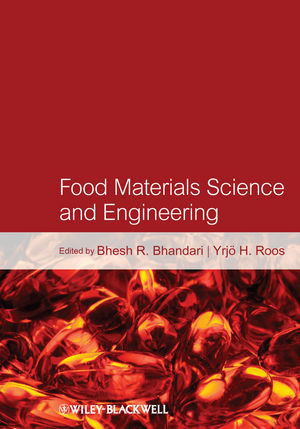

Most ebook files are in PDF format, so you can easily read them using various software such as Foxit Reader or directly on the Google Chrome browser.
Some ebook files are released by publishers in other formats such as .awz, .mobi, .epub, .fb2, etc. You may need to install specific software to read these formats on mobile/PC, such as Calibre.
Please read the tutorial at this link: https://ebookbell.com/faq
We offer FREE conversion to the popular formats you request; however, this may take some time. Therefore, right after payment, please email us, and we will try to provide the service as quickly as possible.
For some exceptional file formats or broken links (if any), please refrain from opening any disputes. Instead, email us first, and we will try to assist within a maximum of 6 hours.
EbookBell Team

0.0
0 reviewsThe opening chapter will define the scope and application of food materials science, explaining the relationship between raw material structure and processing and quality in the final product. Subsequent chapters will examine the structure of food materials and how they relate to quality, sensory perception, processing attributes and nutrient delivery. The authors also address applications of nanotechnology to food and packaging science. Methods of manufacturing food systems with improved shelf-life and quality attributes will be highlighted in the book.
Content: